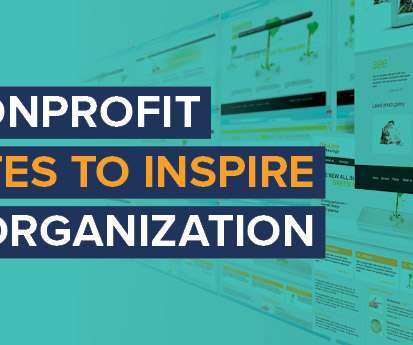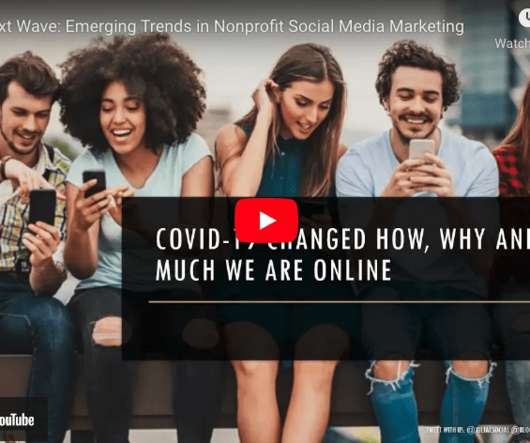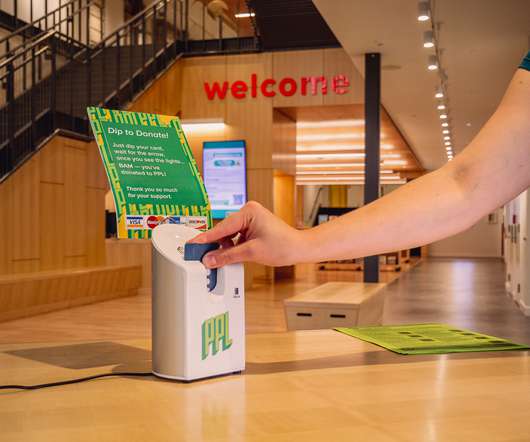Games and Cultural Spaces: Live Blog Notes from Games for Change
Amy Sample Ward
JUNE 21, 2011
The speakers for this panel include: Tracy Fullerton – Electronics Arts Game Innovation Lab. Trying to engaged the teen-to-twenty-something who normally may not use the research library. In painted wood and styrofoam, it was a masterful and whimsical refusal to answer that pesky question of whether games can be art.





















Let's personalize your content